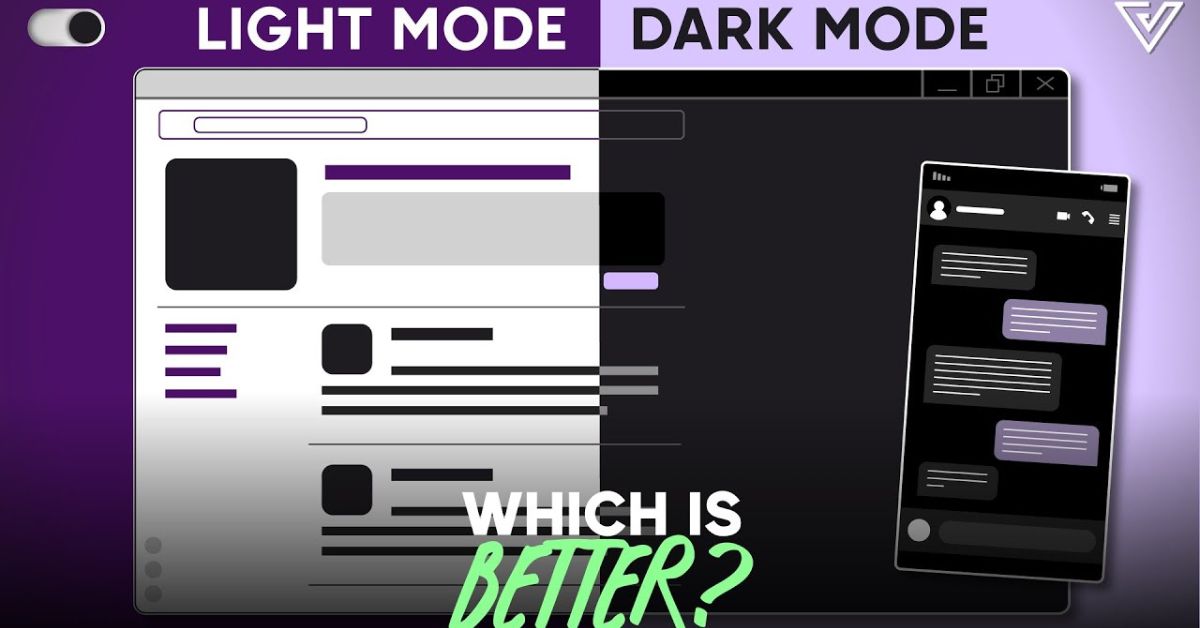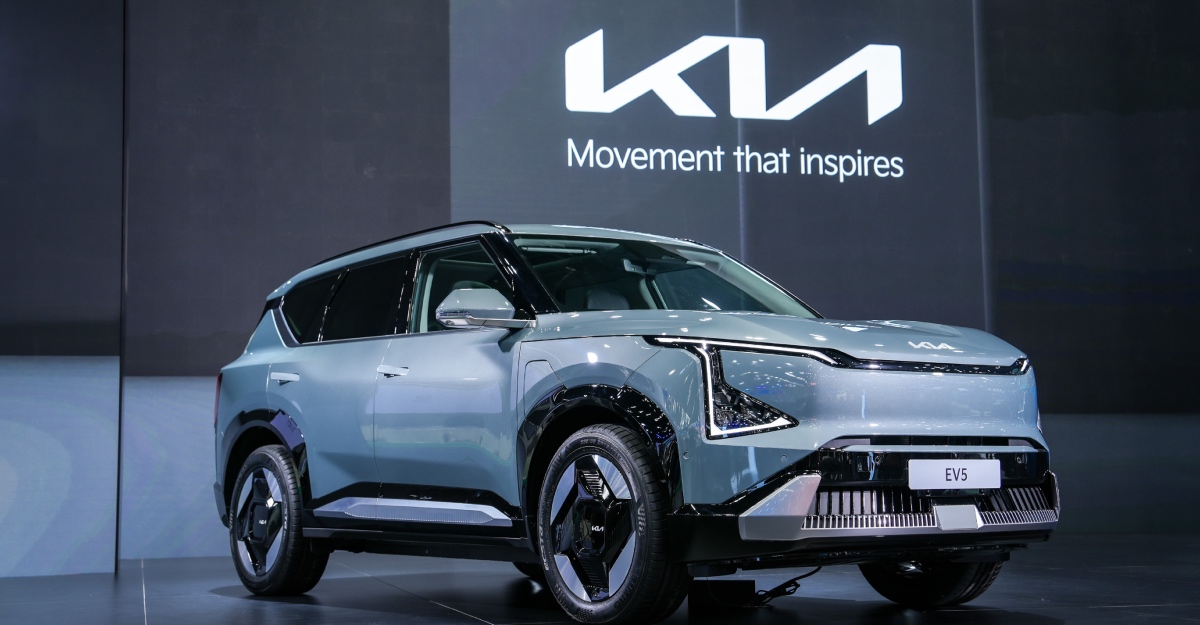TLDR: Full video review available below!
When our whole team migrated onto the workplace collaboration tool, Lark, a major FAQ we had during our onboarding was, “Where’s the dark mode option?” (There was none at the time, but Lark finally rolled out dark mode months ago, to our sighs of relief.)
It’s clear that our team is pretty big on the dark colour scheme for our apps. Plus, there are claims out there that dark mode is better for your eyesight, attention span, and productivity.
But besides looking cool, is there any truth to these supposed benefits?
Where dark mode came from
Dark mode originally existed as the default theme formed on old CRT (cathode-ray tube) display monitors back in 1945, before light mode was brought in.
Depending on the lighting modes, the text would appear white, green, blue, or amber against a black background on the screen.

Back then, it wouldn’t have been known as “dark mode” because it was the only possible display setting.
Decades later, a dark-on-light colour scheme was introduced in WYSIWYG word processors to simulate ink on paper.
Did you know: WYSIWYG is an acronym for What You See Is What You Get, a system in which editing software allows content to be edited in a form that resembles its appearance when printed or displayed as a finished product.
Since then, “light mode” became the norm.
As we’ve transitioned into viewing our content on screens more than paper, dark mode has made a resurgence on various displays, becoming an optional setting for many operating systems.

Apart from the claims mentioned above in dark mode’s alleged abilities to help you stay focused and reduce eye strain, some have argued that it can improve visibility for some users.
Psychologically and in UX design, many find that it’s easier to pick up information when looking for visuals or coloured elements against a dark background.
Known benefits of dark mode
Exposure to blue light during the daytime helps maintain a healthy circadian rhythm, but continued exposure over time during the night could damage retinal cells.
Since the screen is less glaring in dark mode, especially in a dark room, blue light exposure is reduced. So it can be more soothing to the eyes and improve sleep quality.

It’s also a battery life saver on OLED or AMOLED displays, because it uses less energy to light up the screen.
However, the effect of dark mode on a person is also dependent on an individual’s preferences or pre-existing health conditions, even age.
Disadvantages of dark mode
Some may find that looking at screens with more light makes it easier for reading—it emulates paper, after all—so they may prefer light mode instead.
But what if there’s more to it than just personal preference?
Human pupils are sensitive to the amount of light they receive. In a bright environment, the pupils contract and have an increased depth of field, meaning that your vision will be clearer and your eyes don’t have to work as hard to focus on the visual details.
Using a dark screen requires our pupils to dilate more to allow enough light to come in. The sharpness of your vision can be compromised this way, where details are harder to see clearly in dark mode.
This idea applies to camera apertures as well. A photo taken with a larger aperture results in a smaller depth of field, while lower apertures will create a sharper image and a greater area of focus.

This is made worse for people with conditions like myopia (short-sightedness) or astigmatism.
Both of these conditions cause halation, where lines become foggy or blurry.
Reading lines of white text can appear to bleed into the black background, where some may not be able to read as efficiently in dark mode, and vice versa.
In older folks, their pupils may have decreased in size and less light is able to enter their eyes. So their vision may then be impaired, especially in low ambient light.
As a result, when there are struggles to see, productivity is in turn affected.
-//-
Is dark mode just about preference then?
Essentially, yes.
Dark mode is helpful in certain situations but there’s no guarantee that it’s better for your eyes.
For those who are more visually focused like developers, traders, or editors, dark mode can be more visually appealing as colours pop against the background.
In essence, dark mode is recommended when you’re in low light or when you don’t plan to read for long periods of time.
To watch the full video on the matter, check it out below:
- Read other articles we’ve written about eye care here.









